Operating a dump trailer can sometimes present unexpected challenges, particularly when dealing with a dead battery. Understanding how to lower a dump trailer safely and effectively enables operators to handle such situations with confidence. This guide will provide step-by-step instructions, insights into common problems, and tips to ensure efficient resolution.
Understanding Your Dump Trailer’s Hydraulic System
Before diving into the lowering process, it is crucial to familiarize ourselves with the fundamental components of a dump trailer’s hydraulic system. The hydraulic system typically includes:
- Hydraulic Pump: Converts mechanical energy into hydraulic energy, responsible for raising the dump trailer.
- Hydraulic Cylinders: Acts as a muscle of the trailer, lifting the bed during operation.
- Control Valve: Directs the flow of hydraulic fluid, allowing operators to control the movement of the trailer.
- Hydraulic Fluid: The medium that transmits power within the system.
Functioning with a Dead Battery
When a dump trailer’s battery is dead, the hydraulic pump cannot operate, making it impossible to raise or lower the trailer via standard controls. Therefore, it is essential to understand alternative methods to lower the dump bed safely without causing damage or safety hazards.
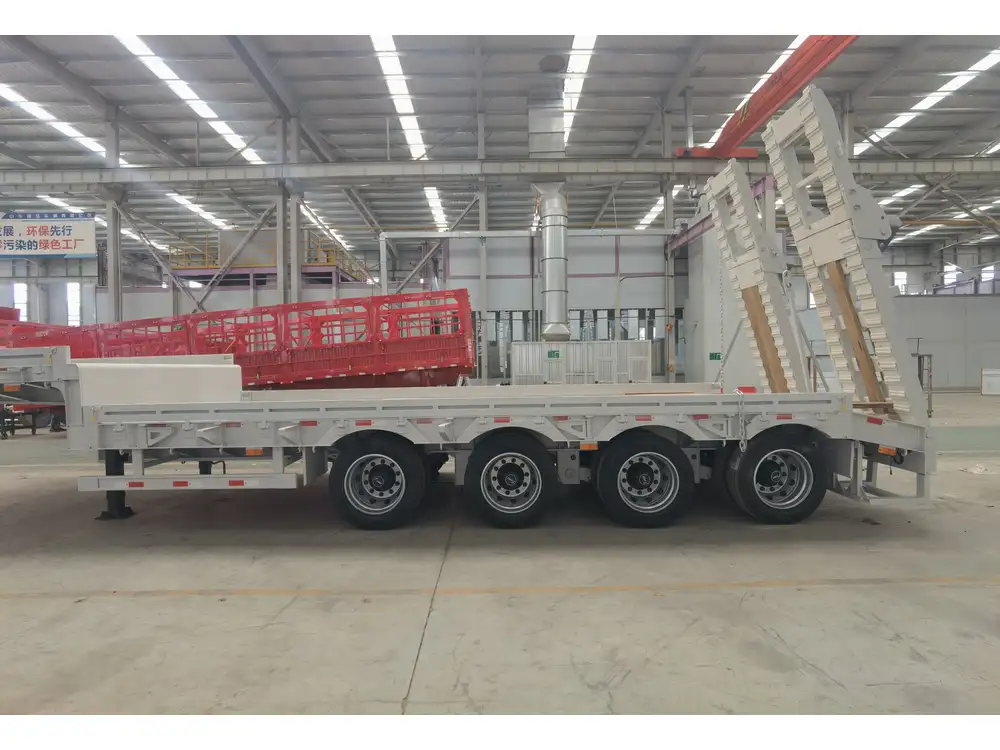
Step-by-Step Process to Lower a Dump Trailer with a Dead Battery
Step 1: Safety First
Before attempting any procedure, ensure that the area around the dump trailer is clear of obstacles and personnel. This is critical to avoid accidents during lowering.
- Wear Safety Equipment: Always utilize gloves, safety glasses, and steel-toed boots.
- Secure the Environment: Engage the parking brake and ensure the trailer is on level ground.
Step 2: Manual Override
In many cases, a manual override option is present in hydraulic systems. Refer to the manufacturer’s manual for specific instructions on accessing this feature. Here’s a general method:
- Locate the Manual Release: Check near the hydraulic pump for a manual release valve or a bypass feature.
- Use a Wrench or Key: Often, a wrench or a specialized key can open the manual valve.
- Slowly Release Pressure: Turn the valve to release hydraulic fluid slowly. Doing this will lower the dump bed gradually.
Caution: This should be done with controlled, gradual movements. Rapid depressurization can lead to sudden drops, causing injury or damage.
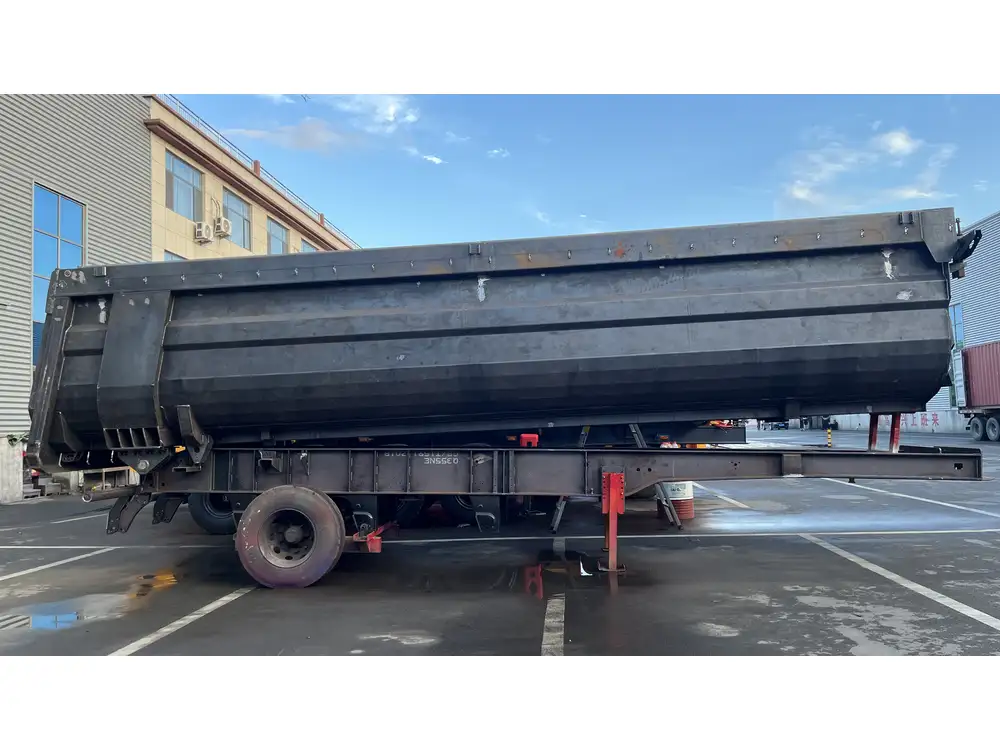
Step 3: Alternative Methods
If no manual release is available, or if it fails to work, consider the following alternative methods.
A. Use a Tow Vehicle
- Connect to a Tow Vehicle: Use a compatible tow vehicle to pull forward while the trailer bed is in the dump position. This can help it settle back to the ground.
- Engage in Low Gear: Ensure the tow vehicle is in low gear for better control.
- Use Caution: Gradually pull the vehicle forward to lower the dump while ensuring no obstruction is in the way.
B. Utilize a Winch
If available, a winch can provide a viable solution:
- Set Up the Winch: Attach the winch strap to the dump bed’s frame.
- Ensure Stability: Have a spotter keep an eye on the trailer’s position while lowering.
- Power Up the Winch: Use the winch to slowly guide the dump bed down. Ensure this is done at a steady pace to avoid sudden drops.
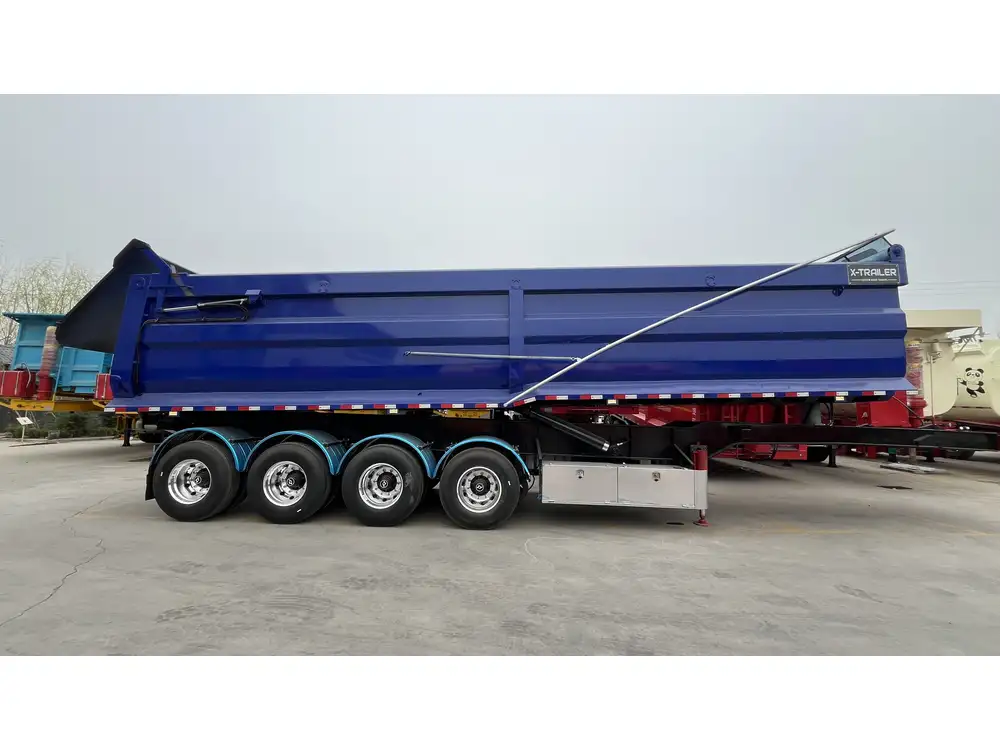
Common Problems and Troubleshooting
Issue: Hydraulic Fluid Leaks
Symptoms: Puddles of fluid near the cylinders or on the trailer frame.
Resolution: Inspect all hoses and connections, tightening fittings or replacing any damaged portions as necessary.
Issue: Complete Hydraulic Failure
Symptoms: Neither the raise nor the manual override works.
Resolution: Check the hydraulic fluid reservoir for appropriate levels. If low, refill. If fluid is present but still non-functional, the pump may need inspection for mechanical failure.
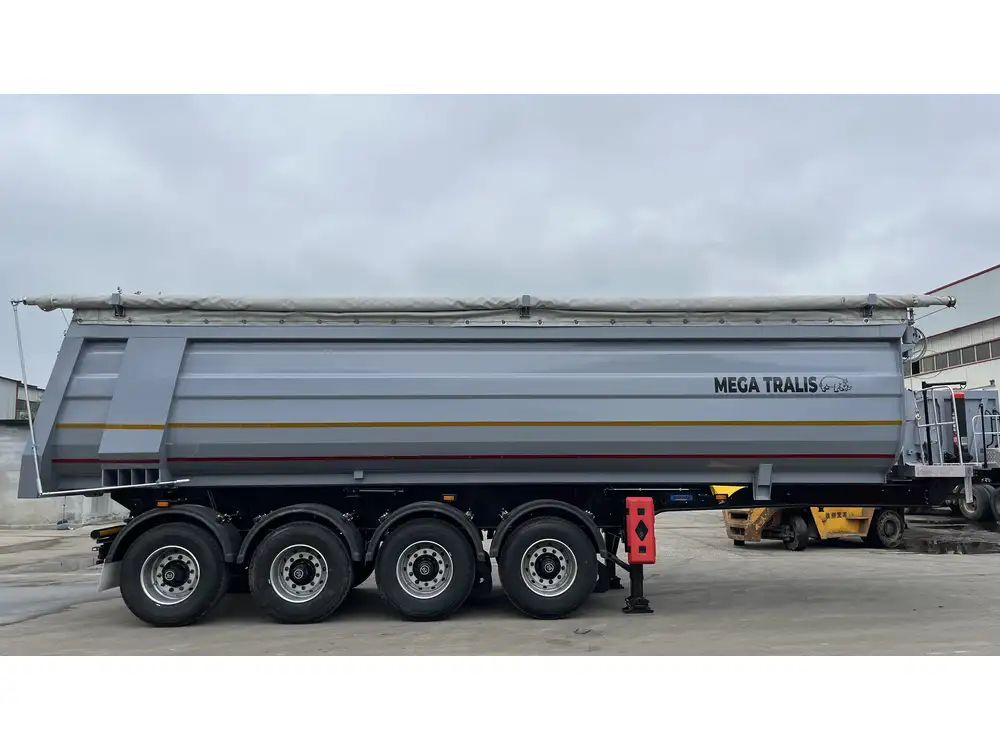
Issue: Blockage in Hydraulic Lines
Symptoms: Uneven lowering or raising even when functioning.
Resolution: Bleed the lines: disconnect the fluid lines at various points, and inspect for blockages. Clean as necessary before reassembly.
Preventative Measures for Future Incidents
Routine Maintenance Checklist
Regular maintenance ensures your dump trailer remains in optimal condition, significantly reducing the chances of facing a dead battery or hydraulic issues. Here’s a handy checklist:
| Task | Frequency | Details |
|---|---|---|
| Inspect Battery Connections | Monthly | Look for corrosion or loose connections. |
| Test Hydraulic Fluid Levels | Bi-Annually | Ensure fluid is clean and filled to the recommended level. |
| Check for Leaks | Quarterly | Regularly inspect all hoses and fittings. |
| Verify Pump Functionality | Bi-Annually | Test hydraulic pump performance with a load. |
| Clean the Trailer | After Each Use | Remove dirt and debris from the bed and hydraulic components. |
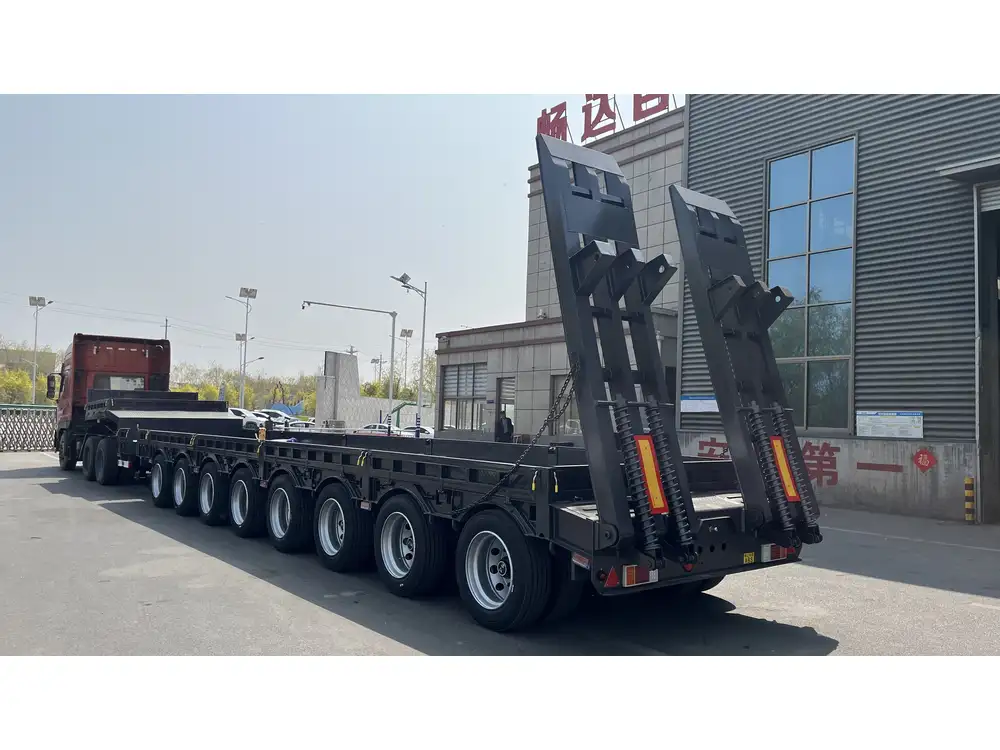
Proper Battery Care
To avoid a dead battery situation:
- Charge Regularly: Ensure batteries are fully charged after each use.
- Protect from Exposure: Store the trailer in a shaded or covered area to prevent weather-related damage.
- Upgrade when Necessary: Replace batteries that show signs of age or failure.
Conclusion
Lowering a dump trailer with a dead battery doesn’t have to be a daunting task. By understanding the hydraulic system, using manual overrides, and implementing safe practices, operators can ensure that their equipment remains functional. Being proactive with preventative maintenance not only minimizes the risk of dead batteries but also extends the overall lifespan of the equipment.
Navigating challenges with confidence is essential for any trailer operator. In cases of malfunction, remember to assess the situation calmly, apply the correct procedures, and ensure safety above all. With these insights, you’re now well-equipped to manage your dump trailer effectively, regardless of the circumstances.
By educating yourself and implementing the aforementioned measures and practices, you will not only enhance your operational capabilities but also safeguard your investments for years to come.



